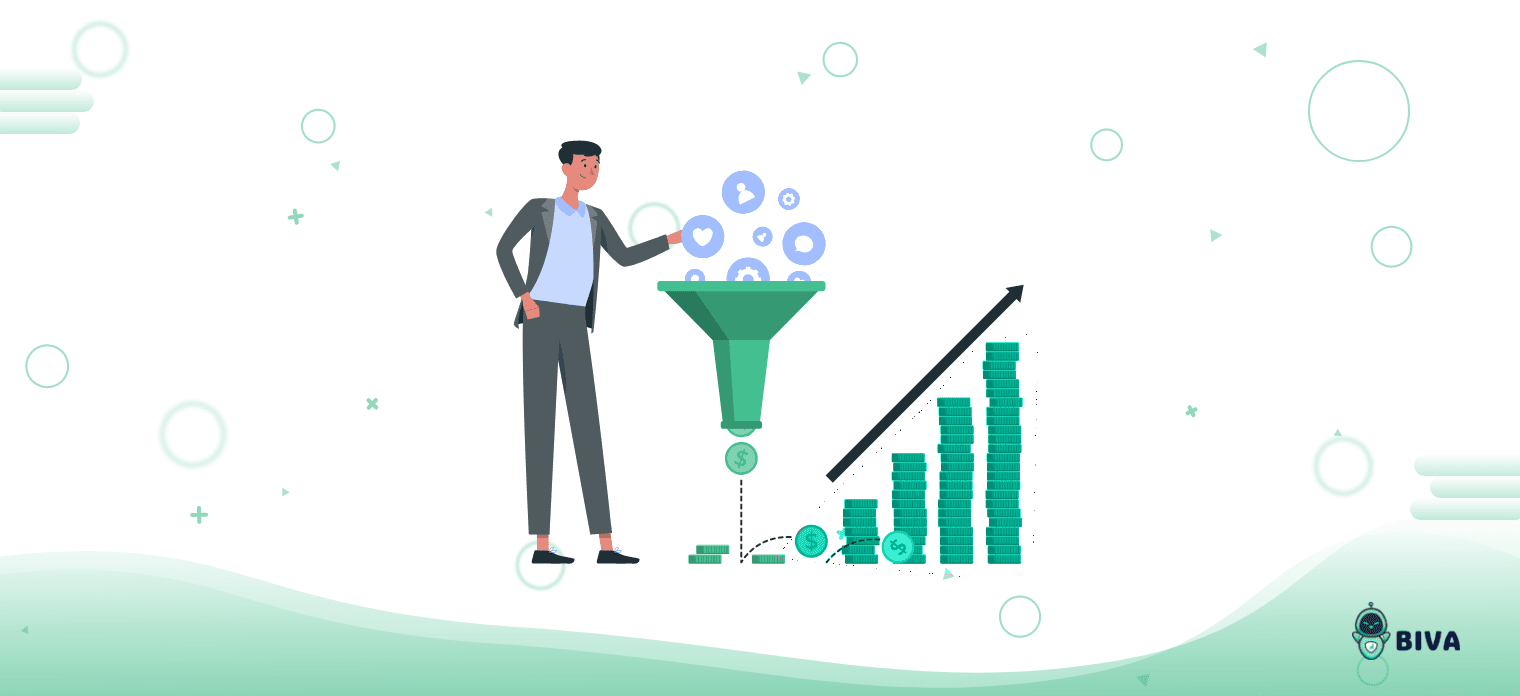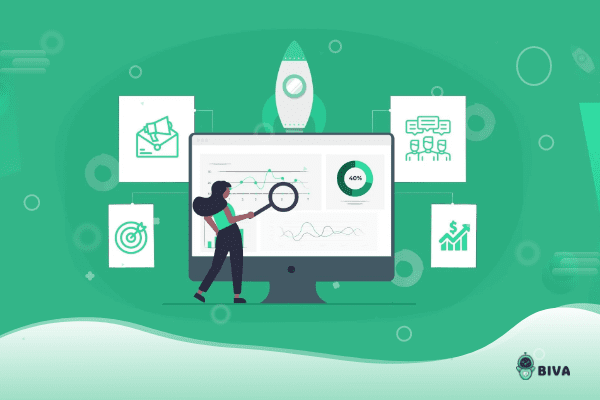

Conversion rate optimization (CRO) in e-commerce is an integrated approach to improving the website and converting visitors into customers. From navigation and design to content and product descriptions, everything on the website should intentionally facilitate users towards the end goal: buying the products or services.
Improvements are possible only if one understands the current performance of the website and there are thousands of metrics at one’s disposal to do the same. But which ones are important for the business? And which ones should one pay attention to if the website is falling short of the goals?
One of the best approaches is to categorize the metrics (as below) based on the aspect it measures and then delve into details:
- Visitor behavior on the website
- Technical features of the website
Now, we will discuss the metrics:
Analyze visitor behavior on the website using:
Bounce rate:
The first metric to evaluate a landing page or website is the bounce rate, which captures the first impression the site is making. One can break the bounce rate by specific landing pages (product page, category page, home page) and measure the effectiveness of each page in engaging the visitor.
An increase in the bounce rate shows issues with content on landing pages, speed and performance, mobile usability, device optimization, and more. These can affect conversion rates.
Another problem of higher bounce rates can be because of the type of traffic coming onto the site. For instance, if the Facebook traffic has higher bounce rates, it could mean that the traffic is irrelevant to the brand or offer. In such scenarios, it is important to revisit these traffic sources to change the targeting criteria.
Optimizing bounce rate is also important for SEO as Google considers lower bounce rate and higher time on page to equate content relevancy, and therefore more likely to rank the page high in organic search.
Interactions per visit:
Though visitors don’t convert in one go, it is necessary to understand their behavior (actions they take) on the site to make tweaks and adjustments that improve conversion rates.
The metric, interactions per visit (choose interaction as relevant for the business), gives a better idea of the type of interactions users are having with the site so that one can understand visitor’s path to purchase.
The goal is to not only increase the number of interactions per visit but also to figure out which of these interactions help lead to conversions.
For instance, if users who are visiting a certain product page are more often converting, retailers should make efforts to drive more visitors to these pages. Tools like Crazy Egg and HotJar help retailers visualize those interactions and promote them.
Time on site/ Avg. Session duration:
Looking at the time a visitor spends on the site can help in understanding how engaging and effective the content is. Brief visits often mean the visitor is not connecting with the content. Longer visits mean they find value and are more likely to trust the site and return.
Retailers can use heat maps to monitor the activities users perform once they are on the site and maximize the information which is of value to visitors.
Pages per session and scroll depth:
These metrics broadly gauge how interesting visitors find the content on the pages. More pages per session often mean the visitors are highly engaged and willing to explore more of the site. This is an excellent way of measuring interest and curiosity about the store.
One should use this metric with caution though and analyze it along with average time on site and bounce rate to get a better idea of what is happening at large. For instance, a high number of pages per session, low session duration, and a high bounce rate can show page-flipping behavior because of irrelevant content, poor accessibility, or disinterest.
Landing page views:
Analyzing landing pages gives details on high-traffic entry pages and the number of interactions coming from each. Landing pages with high session volume and low conversion rates show the content on those pages doesn’t motivate visitors to move further in the shopping funnel.
Retailers can review the content and product discover-ability on those pages for better results.
Exit pages:
High exit rates usually show pain points in the conversion funnel. And tracking exit pages gives an insight into what pages are more prone to losing customers, and if retailers should modify their design or change their positioning in the funnel.
For instance, if the cart page exit rate is high, retailers can implement an alternate design version and check if it appeals to the visitors.
Besides analyzing the above metrics at the overall level, it is also important to differentiate between new and returning visitors, as they each behave differently.
With new visitors, first impressions are game-changers—retailers have only a few seconds to grab their attention and an irrelevant/unengaging message can lead to their loss. Retailers should look for new visitor’s interests and work on improving their experience with the site in terms of usability, clarity, and value.
Evaluate technical features of the website with:
Page load time:
Page load time, the time to load content on a webpage is a prime metric to monitor as each second translates into revenue. Higher page load time results in visitor fatigue.
Though many factors (hosting server, design of the page, the number of elements on the page, the user’s location, the browser type) affect page load time, retailers should track changes and optimize them to improve conversions.
Server response time:
It measures how long it takes to load HTML to render the page from the servers. Many distinct factors can slow down the response of the server, like slow applications running, slow database queries, frameworks, libraries, resource CPU, memory. These are all factors one needs to consider to improve the server’s response time.
One can analyze the above metrics across various dimensions like browser, OS, and device type.
The bottom line to achieve conversion rate optimization:
Whether the goal of the e-commerce site is to sell more products or get more customers, conversion rates are the key to success. But to succeed, one needs to focus on the right metrics, which not only help in understanding how the audience respond to the site but also highlight the pain points.
Tracking the above metrics will help in gathering the right insights with which one can pinpoint the issues and address the same to optimize the website and likely increase the performance and conversion rates.
Related Posts
Marketing Ideas
Product Foundations


